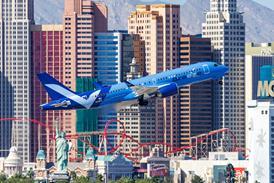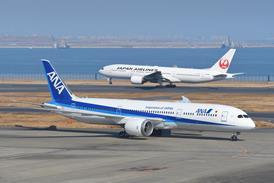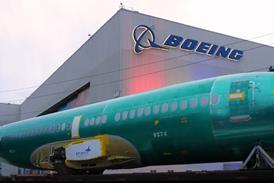BAE Systems is to offer upgrades and modifications for the BAe 146 in a bid to boost demand for its fleet of used jets marketed by the company's Regional Aircraft division.
Among the proposals being offered are an auxiliary fuel tank to increase range, two different cargo conversion options and modifications to enable aerial fire-fighting. There are 212 BAe 146s worldwide, of which 180 are in operation. BAE's Regional Aircraft Asset Management arm has around one-third of the total 146 fleet on its books.
Belly fuel tanks would add 740km (400nm) to the aircraft's range, which the company sees as important for the corporate market.
The tanks were developed by Cranfield Aerospace for the BAe 146-300 Atmospheric Research Aircraft that is being delivered early next year to a UK partnership including the University of Manchester Institute of Science and Technology.
With older 146 airframes becoming more suitable for cargo operations, BAE is also offering two freighter conversion options.
The first is based on the 146QT (Quiet Trader) and QC (Quick Change) freighters manufactured in the 1980s. Alabama-based Pemco World Air Services, which holds the supplemental type certificate (STC), is offering the conversion, which features a 3.32 x 1.93m (131 x 76in) rear cargo door and roller-equipped floor.
The second option would be a simple interior conversion to an "E-Class" freighter, with cargo loaded through the current passenger doors on trolleys. Several third-party companies are working to produce STCs for this conversion. Another option being considered for this version is a larger forward door capable of taking 0.79 x 1.2m Europallets.
BAE is also studying the suitability of the 146 and the ATP for water-bombing and oil dispersal roles, building on the capabilities of the BAe 748.
The company cites "concerns over the age of existing aircraft", following a spate of US Forest Service accidents earlier this year (Flight International, 17-30 October).
Source: Flight International























